-
 bitcoin
bitcoin $122659.385674 USD
0.52% -
 ethereum
ethereum $4484.113342 USD
-0.09% -
 bnb
bnb $1304.229256 USD
-0.85% -
 tether
tether $1.000204 USD
-0.03% -
 xrp
xrp $2.860636 USD
-0.51% -
 solana
solana $227.288799 USD
2.36% -
 usd-coin
usd-coin $0.999805 USD
0.01% -
 dogecoin
dogecoin $0.252837 USD
1.18% -
 tron
tron $0.341149 USD
1.12% -
 cardano
cardano $0.830507 USD
0.33% -
 hyperliquid
hyperliquid $45.792319 USD
0.04% -
 chainlink
chainlink $22.422164 USD
1.55% -
 ethena-usde
ethena-usde $1.000283 USD
0.01% -
 sui
sui $3.511389 USD
0.83% -
 stellar
stellar $0.385276 USD
-0.44%
which blockchain uses rust
Solana, a high-performance blockchain utilizing Rust, boasts impressive transaction throughput (up to 50,000 TPS) and cost efficiency.
Oct 21, 2024 at 07:53 am
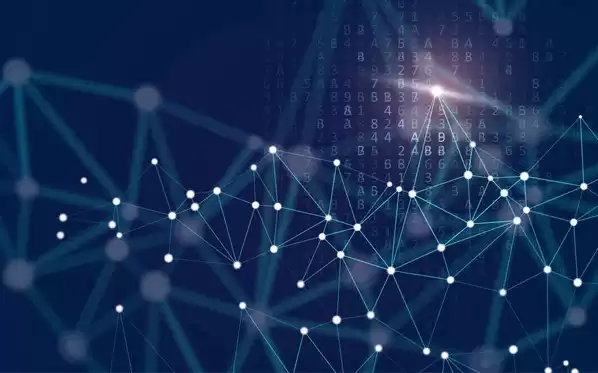
Rust, a modern, memory-safe programming language, has garnered increasing prominence in the blockchain development landscape due to its inherent strengths. This article presents a detailed overview of blockchains that leverage Rust, delving into their technical underpinnings, performance characteristics, and user communities.
1. Solana- Founded: 2017
- Consensus Mechanism: Proof-of-History (PoH)
- Key Features: high transaction throughput (up to 50,000 TPS), low transaction fees, Rust-based smart contract platform (Solana Runtime)
- Founded: 2018
- Consensus Mechanism: Proof-of-Stake (PoS)
- Key Features: sharding for scalability, low transaction fees, developer-friendly environment with Rust and AssemblyScript support
- Founded: 2017
- Consensus Mechanism: Proof-of-Stake (PoS)
- Key Features: mobile-first design, accessible to non-technical users, focuses on bridging the gap between fiat currencies and cryptocurrencies
- Founded: 2019
- Consensus Mechanism: Proof-of-Stake (PoS)
- Key Features: focused on decentralized finance (DeFi), provides building blocks for DeFi applications, such as lending and borrowing
- Founded: 2018
- Consensus Mechanism: Proof-of-Work (PoW)
- Key Features: privacy-focused, provides anonymity for transactions and communications
- Memory Safety: Rust's strict type system and ownership model ensure memory safety, reducing the risk of vulnerabilities and exploits.
- High Performance: Rust code is typically optimized for speed and concurrency, making it suitable for blockchain applications requiring high transaction throughput.
- Concurrency Support: Rust's asynchrony features and message passing mechanisms facilitate effective handling of multiple tasks within blockchain networks.
- Community Support: The Rust community is actively engaged in blockchain development, providing resources, documentation, and support for developers.
The adoption of Rust in blockchain development is on the rise due to its inherent advantages, such as memory safety, high performance, and community support. As the blockchain landscape continues to evolve, Rust is expected to play an increasingly significant role, enabling the creation of innovative and secure decentralized applications.
Disclaimer:info@kdj.com
The information provided is not trading advice. kdj.com does not assume any responsibility for any investments made based on the information provided in this article. Cryptocurrencies are highly volatile and it is highly recommended that you invest with caution after thorough research!
If you believe that the content used on this website infringes your copyright, please contact us immediately (info@kdj.com) and we will delete it promptly.
- Solana, Hyperliquid, and Market Consolidation: A Whale's-Eye View
- 2025-10-09 16:25:13
- Jupiter, Ethena Labs, and JupUSD: A New Era for Solana DeFi
- 2025-10-09 17:05:12
- Wallets, MemeRush, and Binance: A Wild Ride in the Crypto World!
- 2025-10-09 16:45:15
- IPO Guide: Navigating the Initial Public Offering Like a Pro
- 2025-10-09 17:05:12
- Polygon Rio: Blazing to 5000 TPS and Beyond!
- 2025-10-09 16:25:13
- Canary's TRUMP Coin ETF: From DTCC Listing to Potential Wall Street Darling?
- 2025-10-09 16:45:15
Related knowledge

What is a token economy?
Sep 20,2025 at 12:18am
Understanding the Foundations of a Token Economy1. A token economy in the context of cryptocurrency refers to a system where digital tokens are used a...
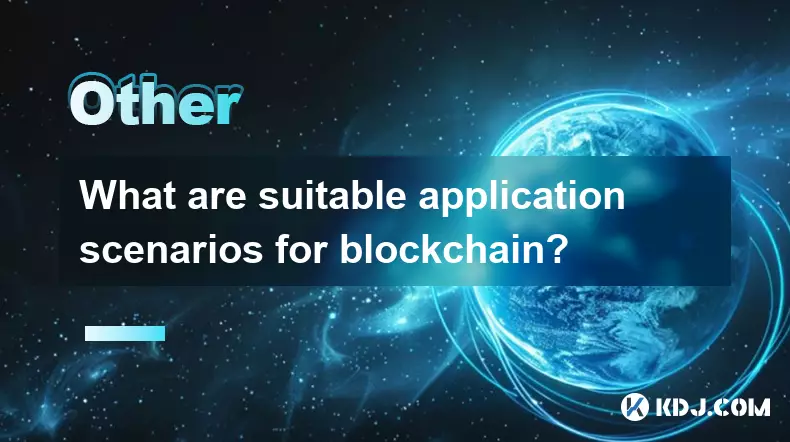
What are suitable application scenarios for blockchain?
Sep 20,2025 at 03:19am
Decentralized Finance (DeFi) Platforms1. Blockchain enables the creation of financial services without centralized intermediaries, allowing users to l...
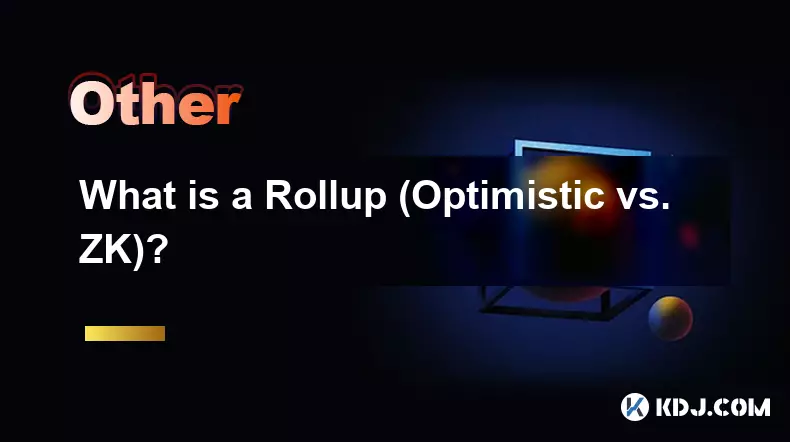
What is a Rollup (Optimistic vs. ZK)?
Sep 22,2025 at 03:00pm
Understanding Rollups in Blockchain Technology1. Rollups are layer-2 scaling solutions designed to increase transaction throughput on blockchains like...
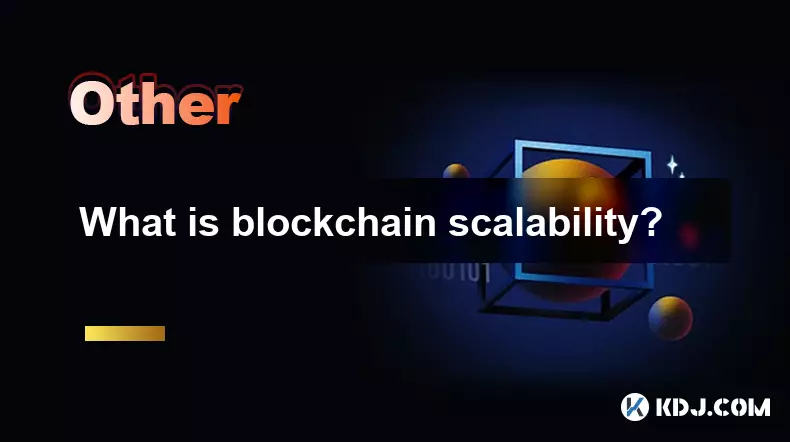
What is blockchain scalability?
Sep 19,2025 at 06:18am
Understanding Blockchain Scalability1. Blockchain scalability refers to a network's ability to handle an increasing number of transactions without com...
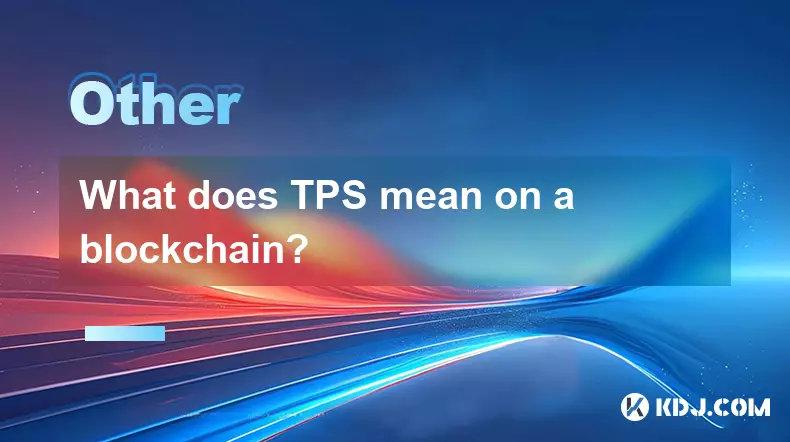
What does TPS mean on a blockchain?
Sep 21,2025 at 09:54am
Understanding TPS in Blockchain Technology1. TPS stands for Transactions Per Second, a metric used to measure the number of transactions a blockchain ...
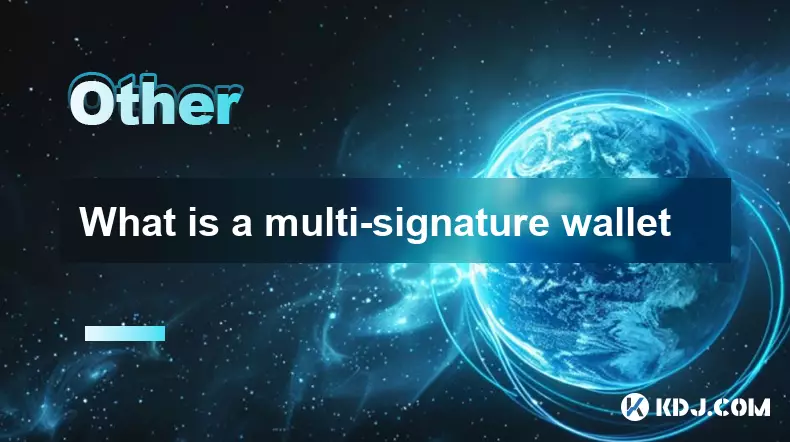
What is a multi-signature wallet
Sep 20,2025 at 07:00am
Understanding Multi-Signature Wallets in Cryptocurrency1. A multi-signature wallet, often referred to as a multisig wallet, is a type of cryptocurrenc...

What is a token economy?
Sep 20,2025 at 12:18am
Understanding the Foundations of a Token Economy1. A token economy in the context of cryptocurrency refers to a system where digital tokens are used a...

What are suitable application scenarios for blockchain?
Sep 20,2025 at 03:19am
Decentralized Finance (DeFi) Platforms1. Blockchain enables the creation of financial services without centralized intermediaries, allowing users to l...

What is a Rollup (Optimistic vs. ZK)?
Sep 22,2025 at 03:00pm
Understanding Rollups in Blockchain Technology1. Rollups are layer-2 scaling solutions designed to increase transaction throughput on blockchains like...

What is blockchain scalability?
Sep 19,2025 at 06:18am
Understanding Blockchain Scalability1. Blockchain scalability refers to a network's ability to handle an increasing number of transactions without com...

What does TPS mean on a blockchain?
Sep 21,2025 at 09:54am
Understanding TPS in Blockchain Technology1. TPS stands for Transactions Per Second, a metric used to measure the number of transactions a blockchain ...

What is a multi-signature wallet
Sep 20,2025 at 07:00am
Understanding Multi-Signature Wallets in Cryptocurrency1. A multi-signature wallet, often referred to as a multisig wallet, is a type of cryptocurrenc...
See all articles










































































